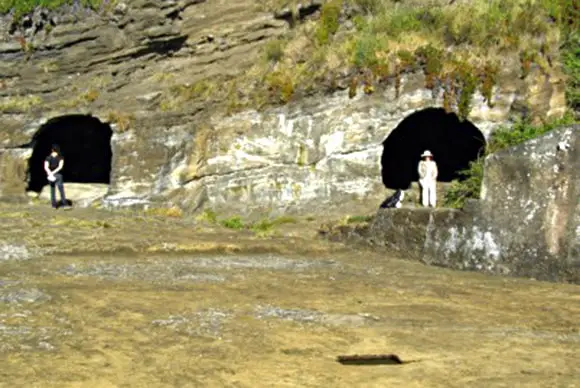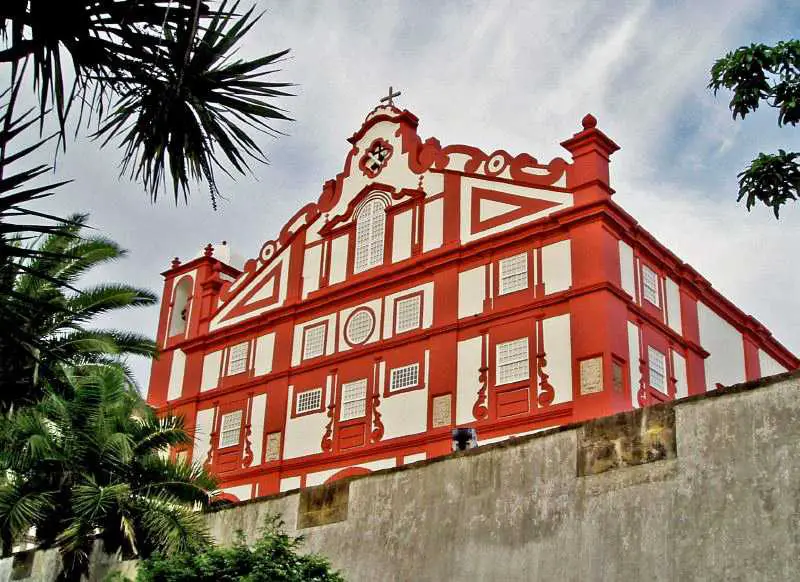Wondermondo 🢖 World 🢖 Wonders of Europe 🢖 Wonders of Portugal 🢖 Wonders of Azores
Territory
Wonders of Azores
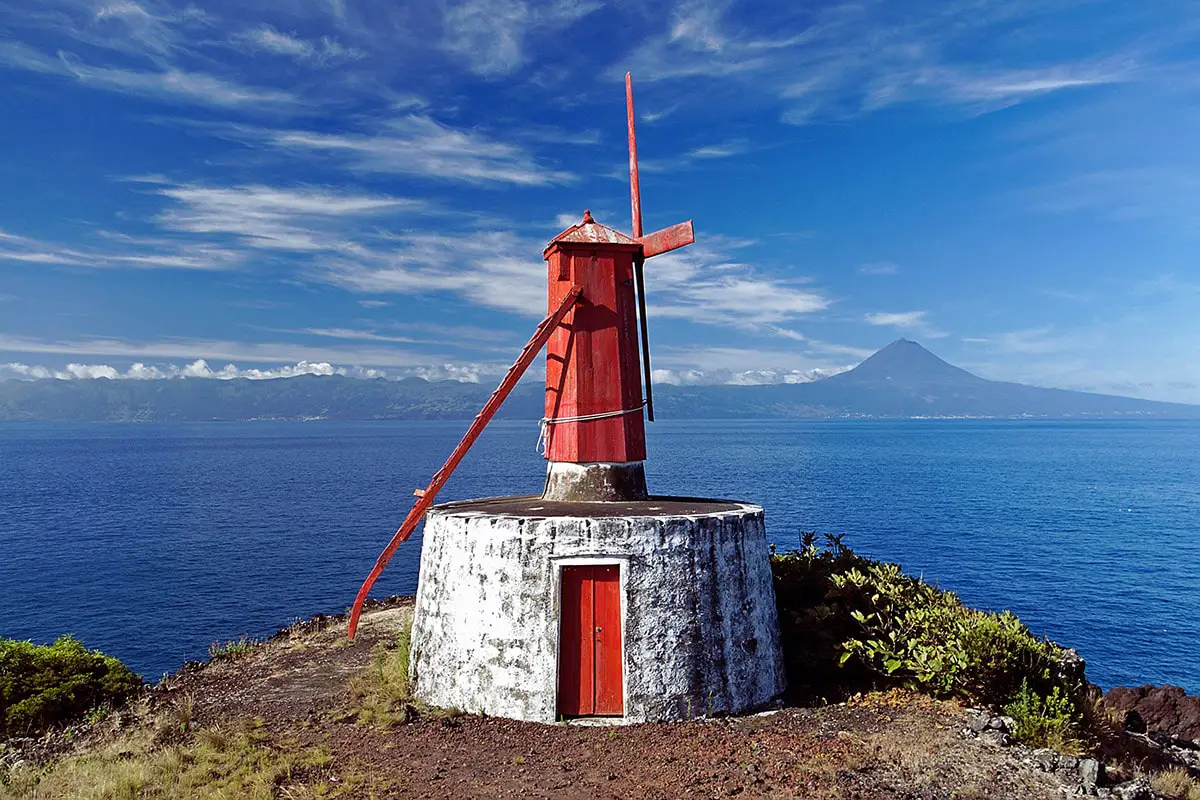
 Highlights
Highlights
The westernmost part of Europe is not Ireland or continental Portugal. Westernmost are Azorean islands far, far to the west from mainland Europe.
Modern Europeans reached these islands in medieval times. Most beautiful monument of these times is Angra do Heroísmo – beautiful late medieval town, an early example of Renaissance thinking in urban planning.
Some even consider that these islands are the last remnants of the legendary Atlantis – there are frequent reports about submerged pyramids and other mysterious archaeological finds here. Most of these reports are not true – but they add some romantic flavor to the image of Azores. Nevertheless here are mysterious archaeological monuments – megaliths that are somewhat similar to Irish megaliths. Could it be possible – that prehistoric people managed to go that far in the ocean?
There are also impressive natural landmarks. Especially beautiful is the scenery of Flores island with its cliffs covered with subtropical forest and adorned with countless waterfalls. Very interesting are the geothermal fields as well as the beautiful landscape of volcanic craters with their deep calderas and lakes.
Map with the described wonders
If you see this after your page is loaded completely, leafletJS files are missing.
 Top 24 wonders of Azores
Top 24 wonders of Azores
Geological wonders
Furnas do Enxofre
Terceira
Field of fumaroles. Gases are up to 95° C hot. Some fumaroles have shaped sulfur coated holes in the ground. The landscape with fumes and dense vegetation looks unusual.
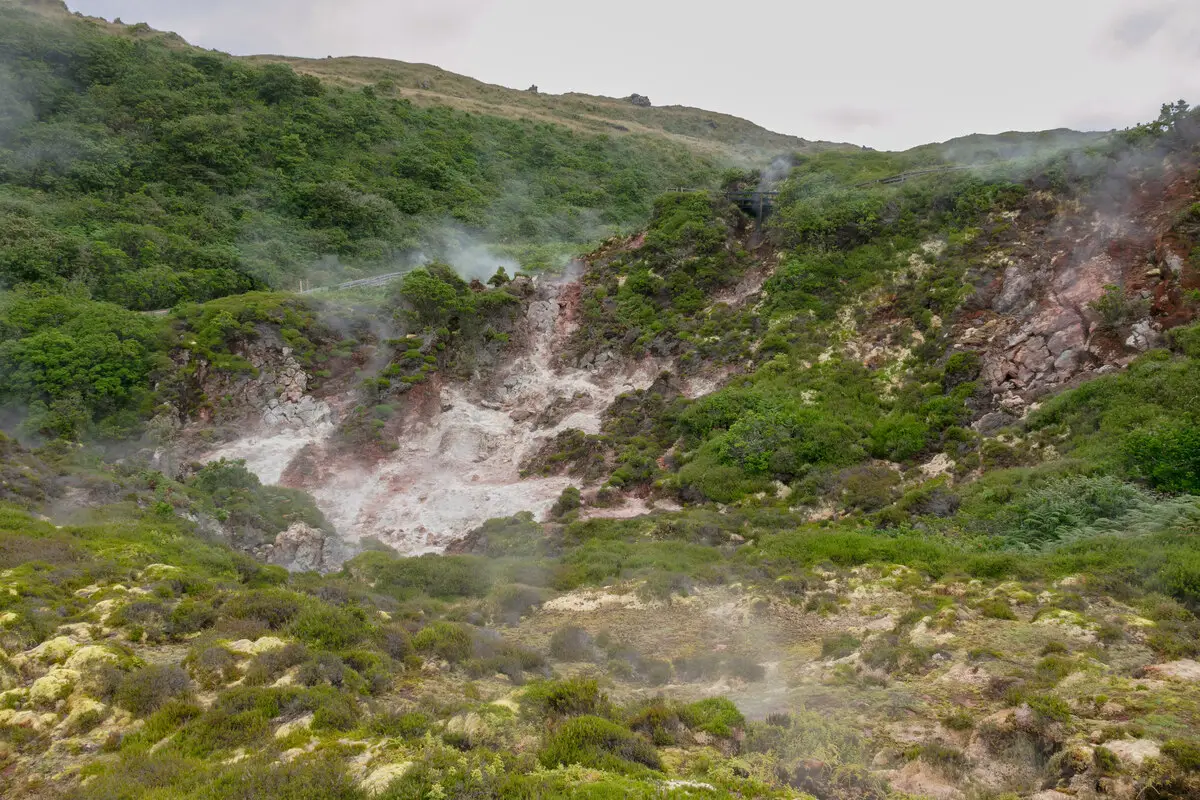
Lake Furnas geothermal field
São Miguel
Group of hot springs and fumaroles, some of them are considered to be geysers although do not fully correspond to the characteristics.
Gruta das Torres
Pico
More than 5.2 km long lava cave, the longest in the Azores. Contains picturesque stalactites and stalagmites. Here live at least two endemic species of insects.
Cascata da Ribeira Grande
Flores
Magnificent, more than 200 m tall waterfall. After heavy rains in the area of the waterfall form numerous other smaller waterfalls of similar height (waterfalls at Fajazinha), creating a magnificent scene. Some waterfalls fall directly into the sea.
Furnas geothermal field
São Miguel
Geothermal field with hot springs and mud pots.
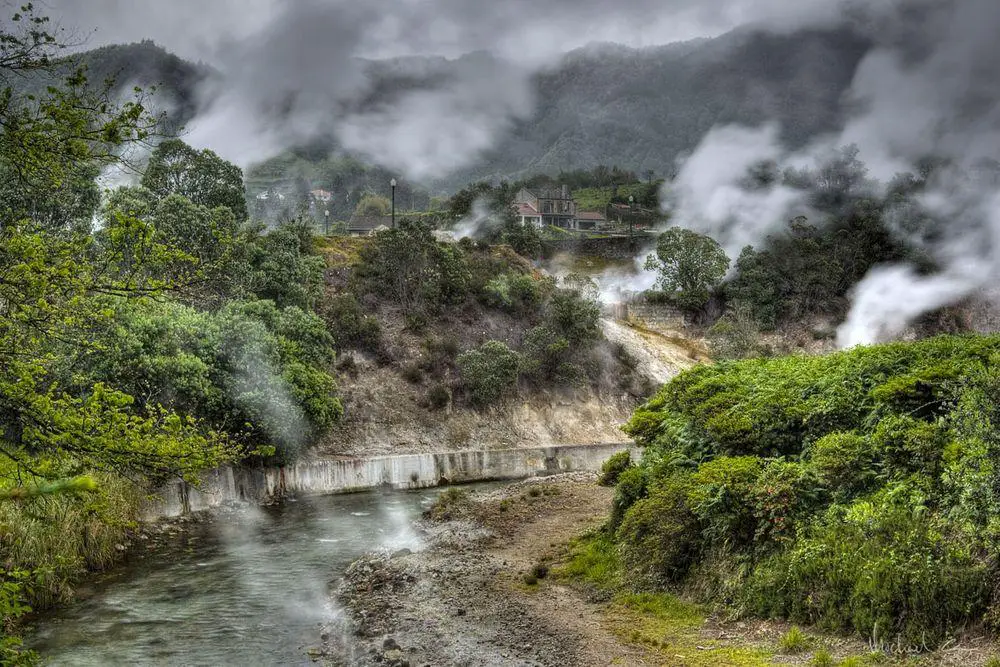
Caldeira Velha Falls
São Miguel
These waterfalls are formed by thermal waters. Waters have deposited iron salts, thus forming interesting orange and brown formations. Below the falls is located a geothermal field with boiling springs.
Poço do Bacalhau Falls
Flores
Approximately 90 m high waterfall with a single, picturesque leap.
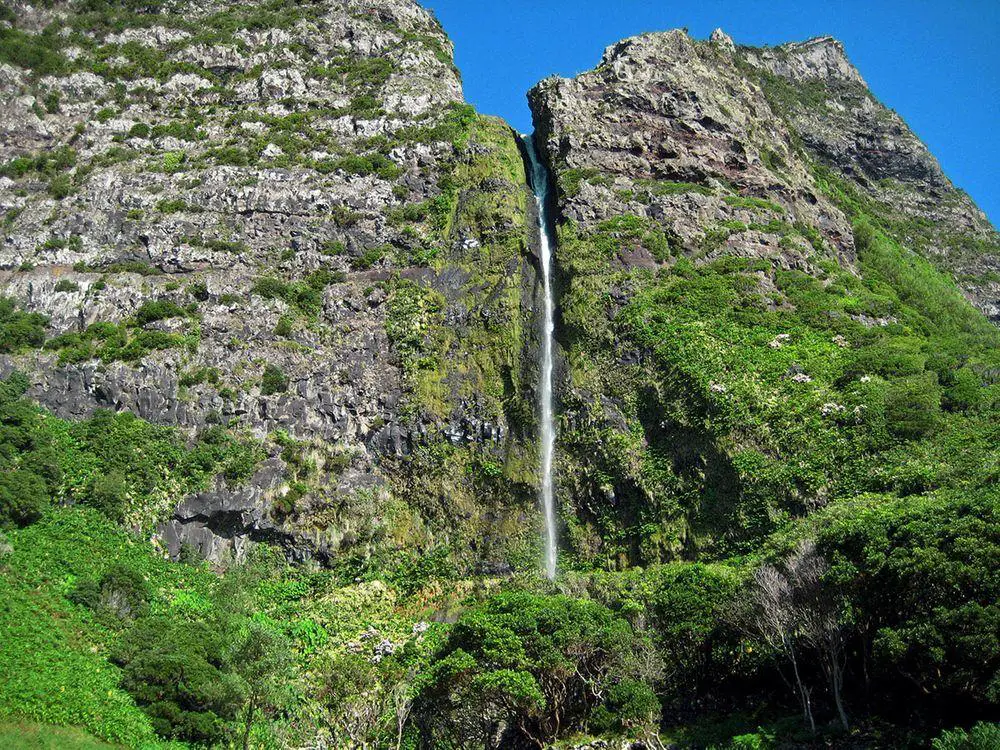
Cascata da Ribeira Quente
São Miguel
Tall waterfall with several cascades. Formed by thermal springs.
Algar do Carvão
Terceira
Volcanic vent and lava cave. The cave is some 100 m long and 90 m deep. The cave is entered through a 45 m deep chimney.
Gruta do Natal
Terceira
697 m long lava cave.
Archaeological wonders
Madalena maroiços
Pico
Pyramid-shaped stone settings in an area that is rich with volcanic stones. Some step pyramids are up to 13 m high. Some archaeologists consider that these are prehistoric structures although most likely these are ordered piles of stones collected from the agricultural fields.
Grota do Medo
Terceira
Recently discovered megalithic constructions – two rock settings similar to passage graves and four structures similar to Irish portal tombs. The site contains more than 20 large stones with depressions cut in them where water is collected. There is also an engraving of a boat and cupmarks.
Monte Brasil “Phoenician sanctuaries”
Terceira
Rock-cut chambers, possible prehistoric structures made long before the coming of the Portuguese in the 14th century. Similar rock-cut structures have been found on Corvo and Santa Maria islands and, reportedly, on Flores. Researchers consider that these can be Carthaginian (Phoenician) temples from the 4th century BC.
Cart ruts of São Brás
Terceira
Mysterious parallel incisions – ruts in the rock, as if left by heavy vehicle in sift rock. Some cart ruts elsewhere on the island enter the sea. Such landmarks are characteristic of the Mediterranean region, especially Malta.
Architecture wonders
Angra do Heroísmo Old City
Terceira
Well-preserved historical city – a witness to the age of great discoveries, for several centuries an obligatory stop for ships traveling to America and back. The city center is picturesque, with steep streets and ornate houses, Portuguese pavement.
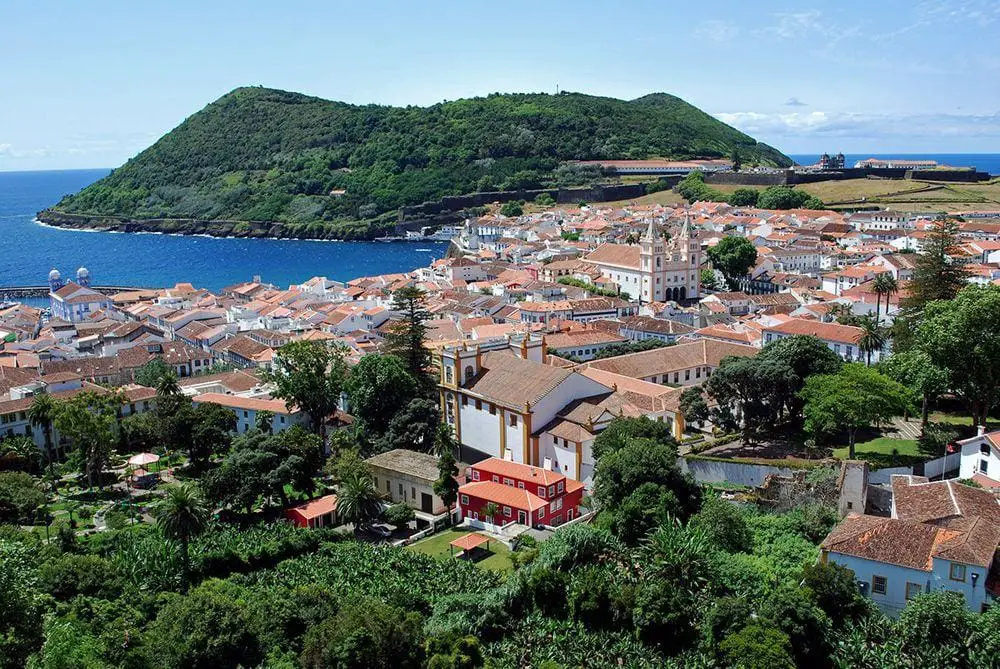
Ponta Delgada Old City
São Miguel
The historical center of a once important Transatlantic port, founded around 1450. Numerous valuable structures have been preserved including the ancient gates to the city and the central plaza.
Fortress of São João Baptista
Terceira
Impressive fortress with ornate entrance gates. Constructed in the 15th – 16th century.
Criação Velha vineyards
Pico
Impressive historical vineyards, still in use. Vine here is grown in volcanic soil, plantings are protected by a complex, dense system of drystone walls. Vineyards have been developed since the 15th century, the area is dotted with historical buildings – windmills, manor houses, and wine cellars.
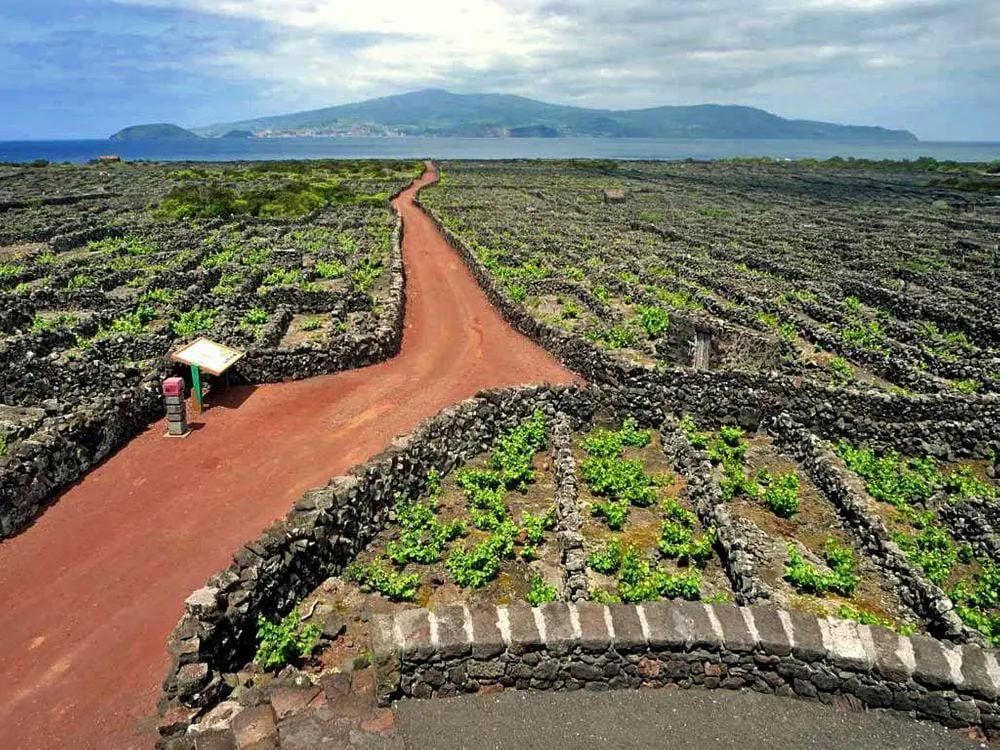
Ribeira Grande Eight Arches Bridge
São Miguel
Ornate bridge with eight large arches, built in the 18th century.
Church of the Jesuit College in Ponta Delgada
São Miguel
This ornate church was built in the middle of the 16th century.
Convent of São Francisco
Terceira
Beautiful Franciscan convent and church – Church of Our Lady of the Guide. Constructed in the time period from (approximately) 1663 to 1672 in Baroque style. Now a museum of the city.
Sé Cathedral of Angra do Heroísmo
Terceira
The largest cathedral in the Azores. Construction of the first church was built here in 1461 – 1496, but the current one – in 1562 – 1683 in Mannerist style.
Cemetery of Anchors
Terceira
Ship cemetery in the Bay of Angra. Many ships have lost their anchors during sudden swells and at least 72 ships sunk here. Most have not been found yet.
Church of São Mateus da Calheta
Terceira
A large church in Neo-Baroque style, built in 1895 – 1911. Church was built on the site where the church has been standing since the middle of the 16th century.
 Recommended books
Recommended books
Azores (Bradt Travel Guide Azores)
Bradt’s Azores guidebook is the only comprehensive guidebook to the nine-island archipelago, a nature-lovers wilderness perched at the western extremity of Europe in the mid-Atlantic, and one of the best places in the world for whale watching. This new edition continues to provide the strong geological and botanical information that is so integral to the islands and essential for all nature lovers, but it also has an expanded focus on taking in the land- and sea-based activities which have become a significant part of the Azores tourism offering in the past few years.

